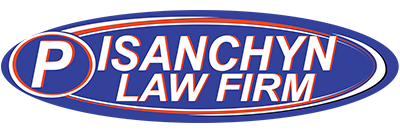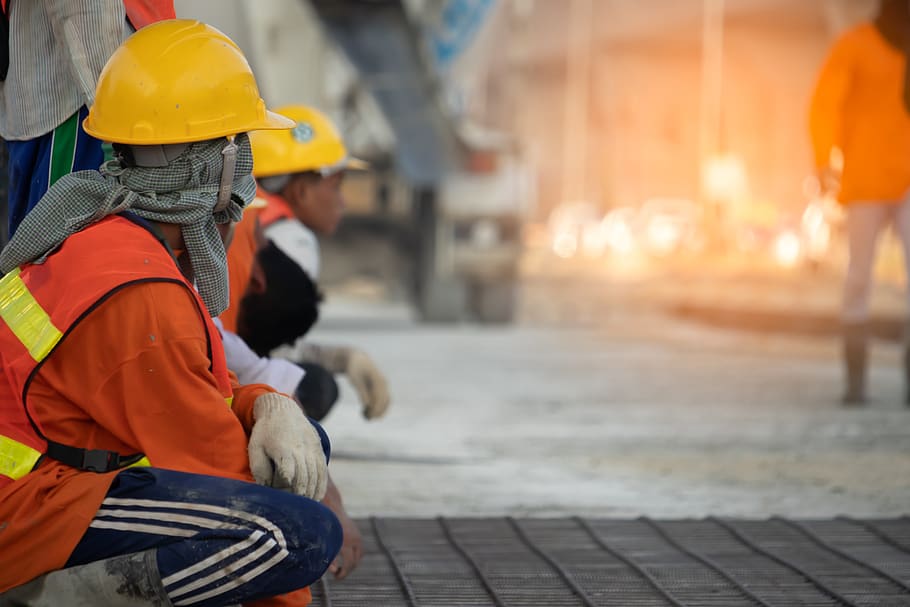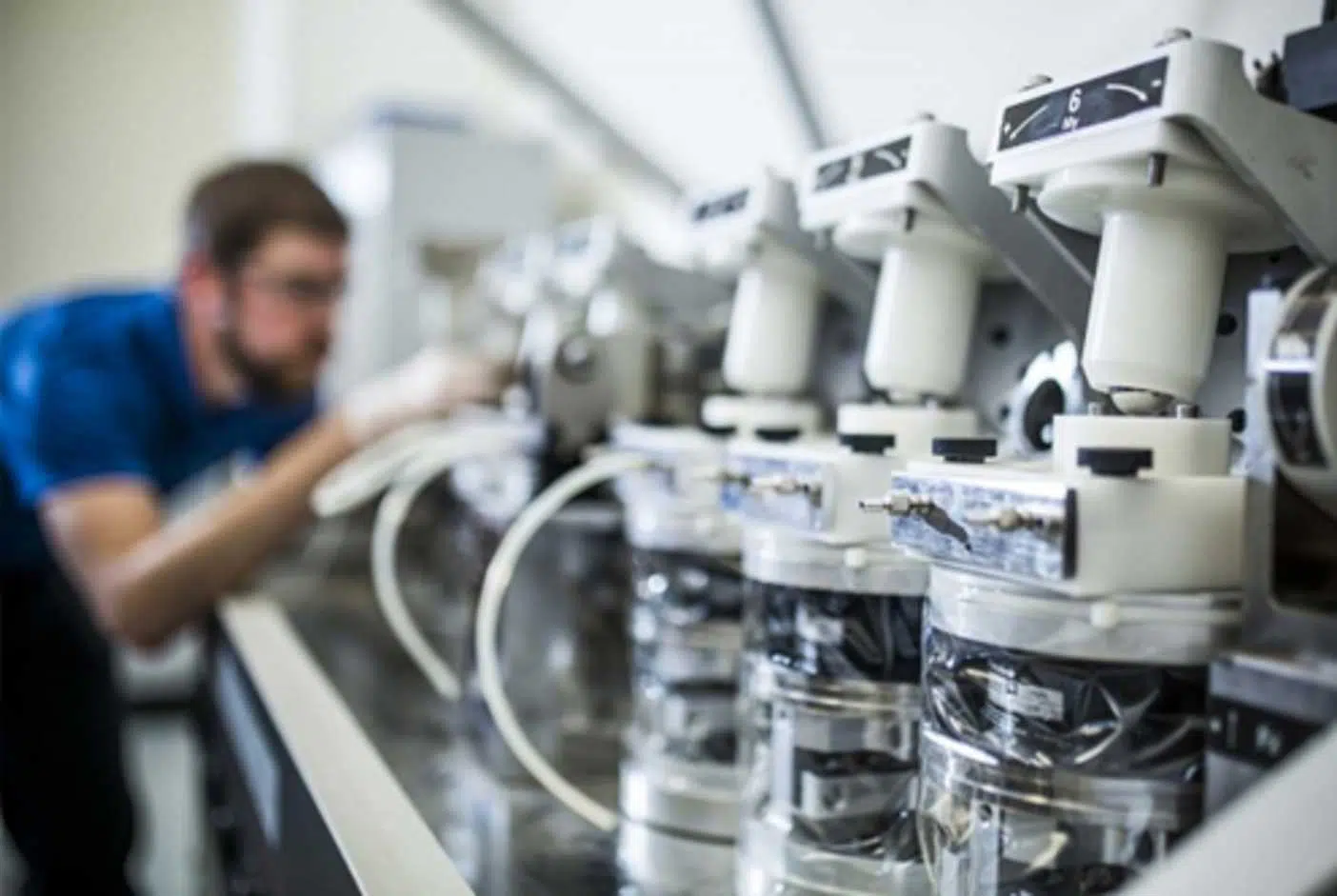In the dynamic landscape of the modern workplace, ensuring the safety and well-being of employees is a paramount concern. Despite rigorous safety measures, accidents can still occur, leading to workers’ compensation claims. Understanding the most common types of claims can empower both employers and employees to prioritize safety and minimize risks. In this article, we will delve into the prevalent workers’ compensation claims and discuss ways to prevent them.
- Slips, Trips, and Falls:
Accidents involving slips, trips, and falls are among the most frequent workers’ compensation claims. Whether caused by wet floors, uneven surfaces, or inadequate lighting, these incidents can result in injuries ranging from minor sprains to more severe fractures. Employers can mitigate these risks by implementing proper signage, maintaining well-lit workspaces, and promptly addressing any potential hazards.
- Strains and Sprains:
Musculoskeletal injuries, such as strains and sprains, often occur due to lifting heavy objects, repetitive motions, or poor ergonomics. Employees involved in physically demanding jobs, such as construction or manufacturing, are particularly susceptible. Employers can reduce the likelihood of these injuries by providing ergonomic training, implementing proper lifting techniques, and offering equipment that minimizes physical strain.
- Repetitive Stress Injuries:
Workers engaged in tasks that involve repetitive motions, such as typing or assembly line work, may develop repetitive stress injuries. These injuries can affect the wrists, hands, shoulders, and other joints. Employers should promote regular breaks, ergonomic workstations, and employee awareness programs to minimize the risk of repetitive stress injuries.
- Falling Objects and Struck-by Accidents:
Construction sites and industrial workplaces pose the risk of falling objects or workers being struck by moving machinery. Head injuries, fractures, and even fatalities can result from these accidents. Employers can enhance safety by enforcing the use of personal protective equipment (PPE), implementing secure storage for tools and equipment, and maintaining clear work zones.
- Motor Vehicle Accidents:
Employees who frequently drive as part of their job responsibilities face the risk of motor vehicle accidents. Whether driving a company vehicle or their own, workers may sustain injuries in collisions. Employers should establish clear driving policies, promote safe driving practices, and ensure that company vehicles undergo regular maintenance and safety checks.
- Exposure to Harmful Substances:
In industries involving chemicals, asbestos, or other hazardous substances, workers may suffer from illnesses due to prolonged exposure. Employers must prioritize proper training, provide adequate personal protective equipment, and adhere to safety protocols to minimize the risk of occupational diseases.
Understanding the most common workers’ compensation claims is a crucial step toward creating a safer work environment. Employers and employees alike play a vital role in preventing these incidents by fostering a culture of safety, providing comprehensive training, and promptly addressing potential hazards. By prioritizing workplace safety, organizations can not only reduce the frequency of workers’ compensation claims but also cultivate a healthier and more productive workforce.





